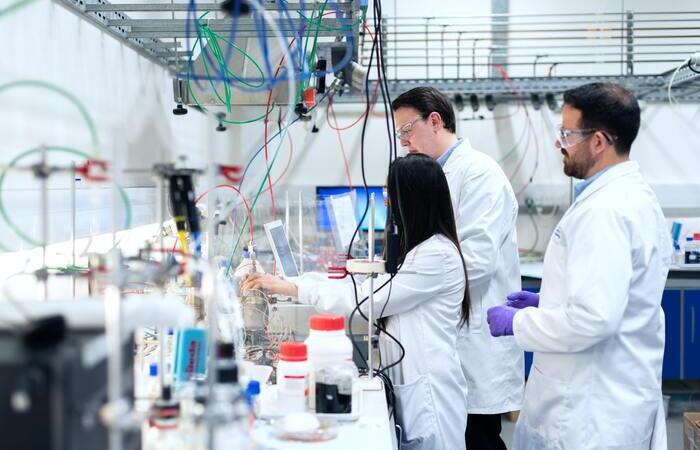
This is a simplified, “strong opinion, weakly held” take on how to create a self-sustaining field, having completed a project aiming to shed light on this question (see here). I don’t necessarily have high confidence in the assertions made here.
Academic research happens when government funding is given to academic researchers.1
As grant applicants, academic researchers have a fair amount of leeway to determine what work gets funded, since how funding gets allocated depends on the strength of the various grant applications, and since researchers often deviate significantly from the work they said they’d do in their grant applications.
Meanwhile, although direction from government decision makers is important, the academic researchers who sit on research councils have a lot of influence on which projects receive government funding.
So, as a group, academic researchers have a surprising amount of control over what gets funded.
This, together with the findings about the importance of different factors from this project, suggests the following recipe for creating a self-sustaining technology-focused academic field:
- Convince researchers that there are relatively easy, high impact publications to be had, by showing practical progress:
- Develop prototypes.
- Make practical devices / designs.
- Make a splash with a high profile publication or an unexpectedly strong result.
- Engage with / appeal to the scientific mainstream, and avoid controversy.
- For “big” technological goals: convince governments of strategic importance.
The table below explains why various technology-focused academic fields became self-sustaining (or didn’t) according to the framework sketched above.
| Field | Became self-sustaining? | Story |
|---|---|---|
| AI | Yes | Everyone was excited about it because of things like the success of Enigma and research showing similarities between neurons and digital systems. |
| Atomically Precise Manufacturing | No | Governments got excited about something nearby but different (nanotechnology), but most mainstream academic researchers never got very excited about it. There were PR issues, and mainstream academic researchers thought it was infeasible, or not feasible within the next 100 years. |
| Clean Meat | Yes | It had a bit of government funding for many years (mostly thanks to Willem van Eelen). A push from Jason Matheny led to a high impact paper and a televised event which attracted public excitement, creating the conditions for more government funding. |
| DNA Nanotechnology | Yes | Ned Seeman generated practical progress until other researchers saw that low-hanging fruit had become available and jumped in. |
| Fusion Power | Yes | It was obvious to academic researchers and governments that this was a promising area, following the success of fission power and fission and fusion-based weapons. |
| Genetic Circuits | Yes | Years of government funding led to some high profile papers, creating further interest from governments and academic researchers. |
| Quantum Computing | Yes | The security implications of Shor’s algorithm generated strong government interest (and work on quantum systems is intrinsically appealing for academic researchers and journals). |
| RNA Vaccines | Yes | The field saw strong early results, progress then stalled due to issues with side-effects, and when these were overcome interest from governments and academic researchers was restored. |
| Strategies for Engineered Negligible Senescence | No | Academic researchers and funders have been put off this area due to skepticism / concern about the technology itself, and overhyped claims from some researchers. Recently, it seems that more (mostly private) funding has been available, as well as a larger number of academic researchers. |
| Solid State Batteries | Yes | Governments funded research on the technology over several decades due to its apparent promise. |
Notes
-
Private funding can of course play an important role, especially early on, but ultimately to create a self-sustaining field it’s much more important to convince government funders than to convince private funders, so I ignore private funding here. ↩